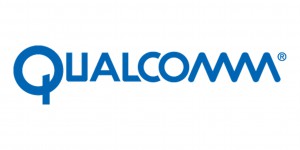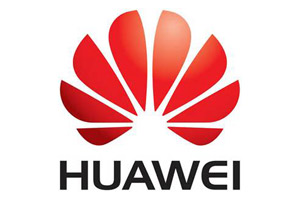Huawei, along with partners China Mobile and Qualcomm Technologies Inc., a subsidiary of Qualcomm Inc., announced the completion of the industry’s first commercial verification of Uplink Data Compression (UDC), a TDD+ technology, on a LTE-TDD commercial network. The results indicate that Uplink Data Compression enable operators to maximise LTE-TDD uplink resources, greatly increasing the number of uplink users and achieving significant compression efficiency for various applications such as WeChat, and services including web browsing. The use of Uplink Data Compression also greatly reduces the latency of Internet surfing for mobile users particularly in areas where performance is less than satisfactory, e.g. at the edge of coverage.
TDD+ was initially proposed by Huawei and is a key part of 4.5G. Through a series of innovations, it can increase mobile broadband (MBB) speeds to xGbps-level based on existing and future LTE TDD features such as massive Multiple-Input Multiple Output (MIMO), 3D Beamforming, 256QAM, and User Data Convergence (UDC). Among these technologies, UDC offers an uplink efficiency improvement, with the LTE modem in the terminal intelligently compressing the uplink data at the LTE lower layers based on different conditions and application traffic. This effectively reduces the amount of data transmitted over the air as well as the respective interference generated by the device, resulting in high compression gains reducing the uplink resource consumption and increasing the overall uplink system capacity by 50%. This technology is applicable to a wide range of applications and fully compatible with all major browsers accessed by mobile phones.
 Uplink Data Compression is easy to deploy without requiring any hardware upgrade. On the network side, operators only need to upgrade the Evolved Node B (eNB) software. On the terminal side, this technology is fully implemented in the LTE modem and thus completely independent from a mobile phone’s operation system. It does not require changes to either the browser or other mobile phone applications, nor does it affect the operator’s billing revenue system. Qualcomm Technologies’ next generation LTE modems are expected to support this later this year, with Huawei’s eNB solutions also ready for commercial release at the same time. The verification of the uplink data compression technology is another demonstration of the innovative leadership in LTE technology from China Mobile (Zhejiang), Huawei and Qualcomm Technologies.
Uplink Data Compression is easy to deploy without requiring any hardware upgrade. On the network side, operators only need to upgrade the Evolved Node B (eNB) software. On the terminal side, this technology is fully implemented in the LTE modem and thus completely independent from a mobile phone’s operation system. It does not require changes to either the browser or other mobile phone applications, nor does it affect the operator’s billing revenue system. Qualcomm Technologies’ next generation LTE modems are expected to support this later this year, with Huawei’s eNB solutions also ready for commercial release at the same time. The verification of the uplink data compression technology is another demonstration of the innovative leadership in LTE technology from China Mobile (Zhejiang), Huawei and Qualcomm Technologies.






